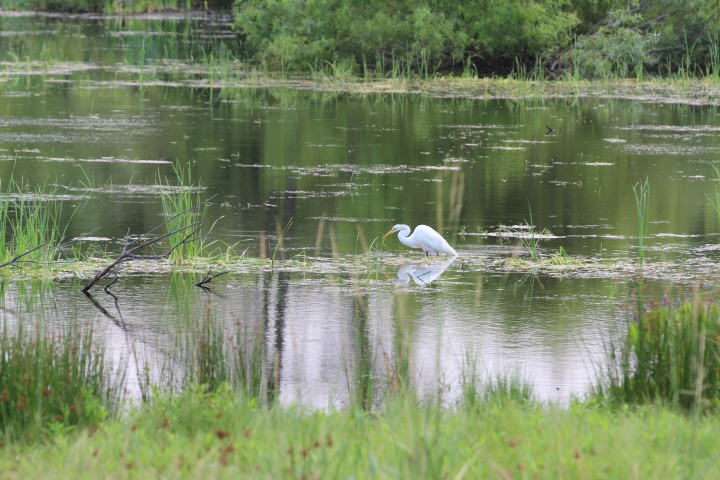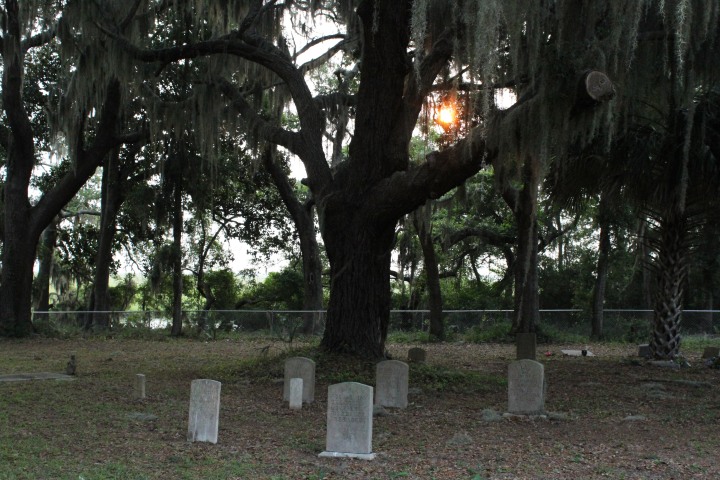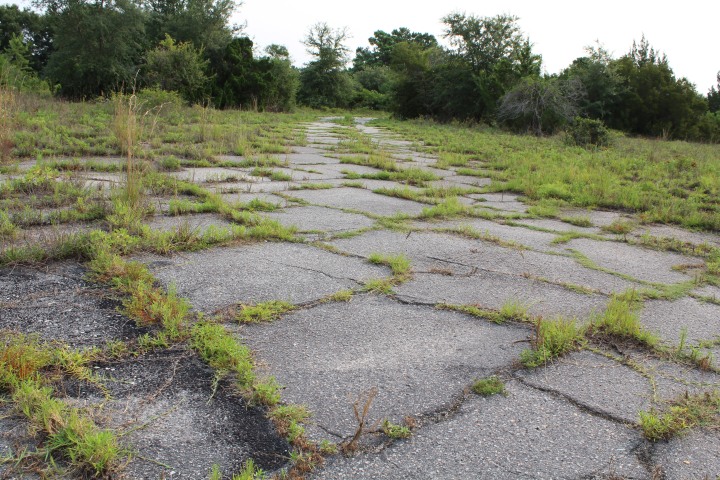In October of 2014, Savannah State University’s Otis Johnson, Ph.D., scholar-in-residence, Dionne Hoskins, Ph.D., professor of marine sciences and director of National Oceanic and Atmospheric Administration (NOAA) sponsored programs, and Jolvan Morris, Ph.D., Living Marine Resources Cooperative Science Center (LMRCSC) postdoctoral fellow, presented “Coastal Citizens: Where Ecology, Culture, and Politics Intersect” as part of the Distinguished Lecture series in the Asa H. Gordon Library.
The lecture focused on the ecology of the southeastern seaboard, especially barrier islands and marshlands, with a number of Harris Neck Land Trust members in attendance. Those land trust members have been fighting to return to the acreage that is now a U.S. National Wildlife Refuge.
Hoskins and Morris have been gathering oral histories from the Harris Neck residents and descendants. “The African American Fisherman Oral History project is an ongoing initiative, so we are in fact continuing to collect oral histories from Harris Neck and several other Gullah Geechee communities from North Carolina down to Florida,” Morris says. “The oral history project explores the role and importance of fishing in these unique communities.”
The History
The Georgia barrier islands have been inhabited since early natives fished and hunted there. It was permanently settled in the 1750s by the Demetre-Harris family as a Sea Island cotton plantation. Following the end of the Civil War, owner Margaret Ann Harris willed the estate to her freed slaves. Many remained at Harris Neck and established a small fishing community. The small village’s micro-economy prospered and practiced sustainable farming and fishing techniques.
So they had a season and worked within that environment and they preserved the environment. Now everything had to work in connection with each other for you to get the maximum benefits from the environment. I don’t really think that they know that they were environmentalists, but they were good at it. – Wilson Moran, resident
In 1942, the U.S. Government was looking to acquire property up and down the coast for military use. Eminent domain claimed hundreds of acres of strategic land for use toward the war effort. Harris Neck was one of those places.
A small airbase housed P-39s and P-40s to scout the Atlantic for possible German submarines throughout the war. In 1944, the Federal Surplus Act was passed, which released the properties condemned in 1942.
In 1948, Harris Neck was transferred to McIntosh County, which accepted a provisional deed to keep the airstrip in working order for the benefit of the county and surrounding areas rather than transferring it back to the former residents, as they claim to have been promised.
From 1948 to 1961, Harris Neck became a den of iniquity. The tarmac became a drag strip. The old officer’s club held illicit parties. The county commissioner illegally grazed his cattle.
Meanwhile, former residents and their descendants had forged new lives outside of the fishing and aquaculture community.
When the federal government finally caught up to the county’s misdeeds, it reclaimed the land in 1962, stating McIntosh County was in violation of the terms of the airport requirements. It reverted to Fish and Wildlife Services (FWS) and became a National Wildlife Refuge, primarily on the basis of a bird called the wood stork.

And my mother used to go down there on low tide, when it was time for the oyster season; she would go down there … and she’d open oysters, bring back and fix for us to eat, and then she would take the little dip net when the tide coming back in … and see the crabs comin’, and she’d put it out there and catch them and put it in the bucket. … Yeah. Harris Neck was a blessed place. – Olive Smith, resident
Former residents and descendants of those who lived on the small barrier island formally established the Harris Neck Land Trust in 2006, but they had been challenging the federal decision since it was made in the 1960s. Congressional legislation never made it out of committee for a vote. In 1980, a small group sued the government in Edgar Timmons, Jr. v. United States of America.
Our community plan will protect and preserve the wildlife, land and waters of Harris Neck. It sets aside, for permanent protection, all the ponds created by FWS and puts a buffer zone around Woody Pond, the main bird nesting pond, that is twice the setback distance recommended by the scientific studies. – David M. Kelly, project coordinator, Harris Neck Land Trust, U.S. Congress subcommittee hearing, December 2011.
Today the Harris Neck Land Trust continues to lobby for the ability to return. They held a symposium on the campus of Savannah State in February 2014. The conference explored the history of Harris Neck since 1863 and the environmental justice movement in Harris Neck since 1942.
A Teaching Moment
In 2014, the wood stork was down-listed from endangered to threatened, due in large part to the protected rookeries at Harris Neck Wildlife Refuge. It is one of a string of coastal marshes and forests protected for migratory birds and other wildlife.

Tara Cox, Ph.D., professor of marine sciences, gave her students real-world experience. She asked them to create a plan that accounted for the Harris Neck Land Trust’s requests as well as the concerns of U.S. Fish and Wildlife. “Students are encouraged to choose group projects that have actual applications in coastal zone management (CZM) class,” Cox says. “As I was investigating ideas for group projects for fall 2014, I was working with my Conservation Biology class on the Harris Neck project. The site plan seemed like the perfect fit for the CZM class — they needed to understand and incorporate all aspects of coastal zone management into the plan and it could benefit multiple parties — the Harris Neck Land Trust and the U.S. Fish and Wildlife Service.”
Coral Thompson, master of science in marine sciences candidate in Cox’s class, recalls the difficulty in balancing the two objectives. “My focus throughout undergraduate school was biology and I never thought about the politics involved or the social side of science,” she says. “The curriculum of the CZM class encompassed the laws regarding natural resources, and Dr. Cox encouraged the class to consider the impact of these laws and restrictions on the people living along the coast.
“This project was both grueling and rewarding,” she continues. “I did a lot of research on the culture of the Harris Neck Land Trust and their ancestors. As a person, the easy solution is to tell the government to simply return the land that was wrongfully taken. But the laws regarding wildlife refuges do not allow for the answer to be so simple. … In the end, our group wrote out a possible agreement for the two involved parties where only a small portion of the land would be leased to the land trust and the refuge would be gaining volunteers.”

The class’s carefully crafted plan was submitted to the Department of the Interior for consideration. It included a site map, accounting for refuge areas, a small number of environmentally sustainable houses, a working oyster factory and a heritage center.
The proposal was recently rejected by the Department of the Interior. The Harris Neck Land Trust is working on future plans but they are not yet releasing the details. They are determined to find a way to live in harmony with the land once again.
Further reading: Voices from the Fisheries – NOAA Oral History project
This story first appeared in Impressions, Fall 2015


You must be logged in to post a comment.